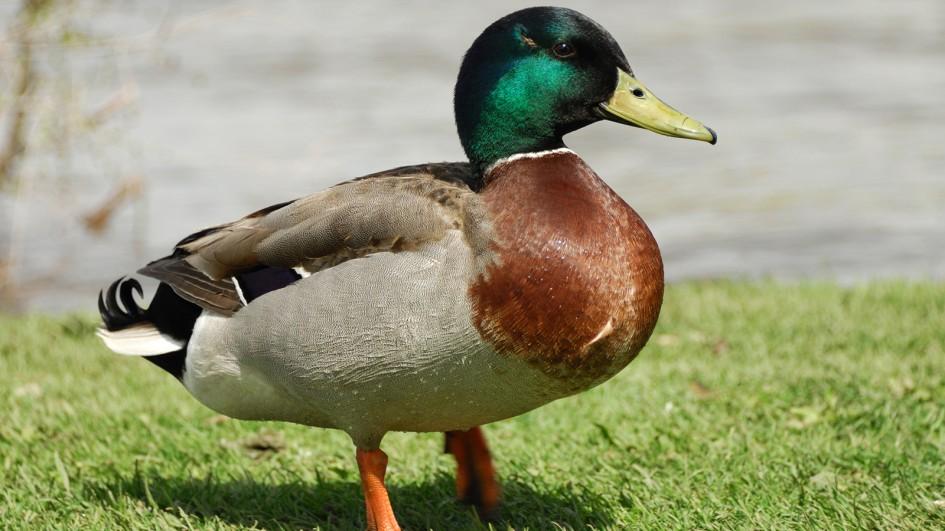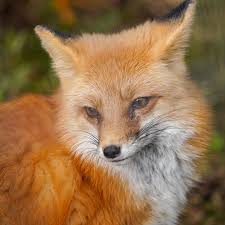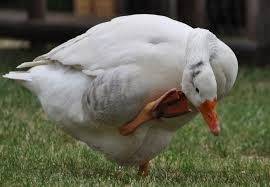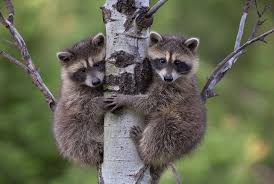Mini Sheet: CAPEX '78 Wildlife (United States of America 1978)
CAPEX '78 Wildlife (United States of America 1978)
10 June (United States of America ) within release CAPEX Issue goes into circulation Mini Sheet CAPEX '78 Wildlife face value 48*13 United States cent
| Mini Sheet CAPEX '78 Wildlife in catalogues | |
|---|---|
| Stamp Number: | Sn: US 1757p |
Mini Sheet is square format.
Pane of 48 (6 souvenir sheets) Yellow, red and brown omittedAlso in the issue CAPEX Issue:
- Souvenir Sheet - CAPEX '78 Wildlife face value 8*13;
- Stamp - Northern Cardinal (Cardinalis cardinalis) face value 13;
- Stamp - Mallard (Anas platyrhynchos) face value 13;
- Stamp - Canada Goose (Branta canadensis) face value 13;
- Stamp - Blue Jay (Cyanaocitta cristata) face value 13;
- Stamp - Moose (Alces alces) face value 13;
- Stamp - Eastern Chipmunk (Tamias striatus) face value 13;
- Stamp - Red Fox (Vulpes vulpes) face value 13;
- Stamp - Raccoon (Procyon lotor) face value 13;
- Se-tenant - CAPEX '78 Wildlife face value 4*13;
- Se-tenant - CAPEX '78 Wildlife face value 4*13;
- Se-tenant - CAPEX '78 Wildlife face value 4*13;
- Se-tenant - CAPEX '78 Wildlife face value 2*13;
- Souvenir Sheet - CAPEX '78 Wildlife face value 8*13;
- Mini Sheet - CAPEX '78 Wildlife face value 48*13;
- Stamp - Mallard (Anas platyrhynchos) face value 13;
Mini Sheet CAPEX '78 Wildlife it reflects the thematic directions:
Animals are multicellular, eukaryotic organisms of the kingdom Animalia (also called Metazoa). All animals are motile, meaning they can move spontaneously and independently, at some point in their lives. Their body plan eventually becomes fixed as they develop, although some undergo a process of metamorphosis later on in their lives. All animals are heterotrophs: they must ingest other organisms or their products for sustenance.
Birds (Aves), a subgroup of Reptiles, are the last living examples of Dinosaurs. They are a group of endothermic vertebrates, characterised by feathers, toothless beaked jaws, the laying of hard-shelled eggs, a high metabolic rate, a four-chambered heart, and a strong yet lightweight skeleton. Birds live worldwide and range in size from the 5 cm (2 in) bee hummingbird to the 2.75 m (9 ft) ostrich. They rank as the class of tetrapods with the most living species, at approximately ten thousand, with more than half of these being passerines, sometimes known as perching birds. Birds are the closest living relatives of crocodilians.
Duck is the common name for numerous species of waterfowl in the family Anatidae. Ducks are generally smaller and shorter-necked than swans and geese, which are members of the same family. Divided among several subfamilies, they are a form taxon; they do not represent a monophyletic group (the group of all descendants of a single common ancestral species), since swans and geese are not considered ducks. Ducks are mostly aquatic birds, and may be found in both fresh water and sea wate
Foxes are small-to-medium-sized omnivorous mammals belonging to several genera of the family Canidae. They have a flattened skull; upright, triangular ears; a pointed, slightly upturned snout; and a long, bushy tail ("brush").
A goose (pl.: geese) is a bird of any of several waterfowl species in the family Anatidae. This group comprises the genera Anser (grey geese and white geese) and Branta (black geese). Some members of the Tadorninae subfamily (e.g., Egyptian goose, Orinoco goose) are commonly called geese, but are not considered "True Geese" taxonomically. More distantly related members of the family Anatidae are swans, most of which are larger than true geese, and ducks, which are smaller.
Mammals are any vertebrates within the class Mammalia (/məˈmeɪli.ə/ from Latin mamma "breast"), a clade of endothermic amniotes distinguished from reptiles (including birds) by the possession of a neocortex (a region of the brain), hair, three middle ear bones and mammary glands. All female mammals nurse their young with milk, secreted from the mammary glands. Mammals include the largest animals on the planet, the great whales. The basic body type is a terrestrial quadruped, but some mammals are adapted for life at sea, in the air, in trees, underground or on two legs. The largest group of mammals, the placentals, have a placenta, which enables the feeding of the fetus during gestation. Mammals range in size from the 30–40 mm (1.2–1.6 in) bumblebee bat to the 30-meter (98 ft) blue whale. With the exception of the five species of monotreme (egg-laying mammals), all modern mammals give birth to live young. Most mammals, including the six most species-rich orders, belong to the placental group. The largest orders are the rodents, bats and Soricomorpha (shrews and allies). The next three biggest orders, depending on the biological classification scheme used, are the Primates (apes and monkeys), the Cetartiodactyla (whales and even-toed ungulates), and the Carnivora (cats, dogs, seals, and allies).
The raccoon , also spelled racoon and sometimes called the common raccoon or northern raccoon to distinguish it from the other species, is a mammal native to North America. It is the largest of the procyonid family, having a body length of 40 to 70 cm (16 to 28 in), and a body weight of 5 to 26 kg (11 to 57 lb). Its grayish coat mostly consists of dense underfur, which insulates it against cold weather. The animal's most distinctive features include its extremely dexterous front paws, its facial mask, and its ringed tail, which are common themes in the mythologies of the Indigenous peoples of the Americas surrounding the species. The raccoon is noted for its intelligence, and studies show that it is able to remember the solution to tasks for at least three years. It is usually nocturnal and omnivorous, eating about 40% invertebrates, 33% plants, and 27% vertebrates.







